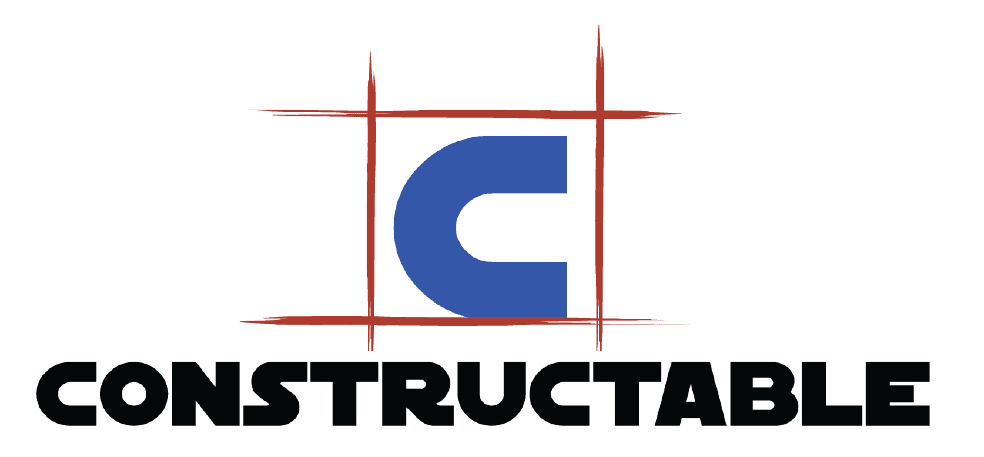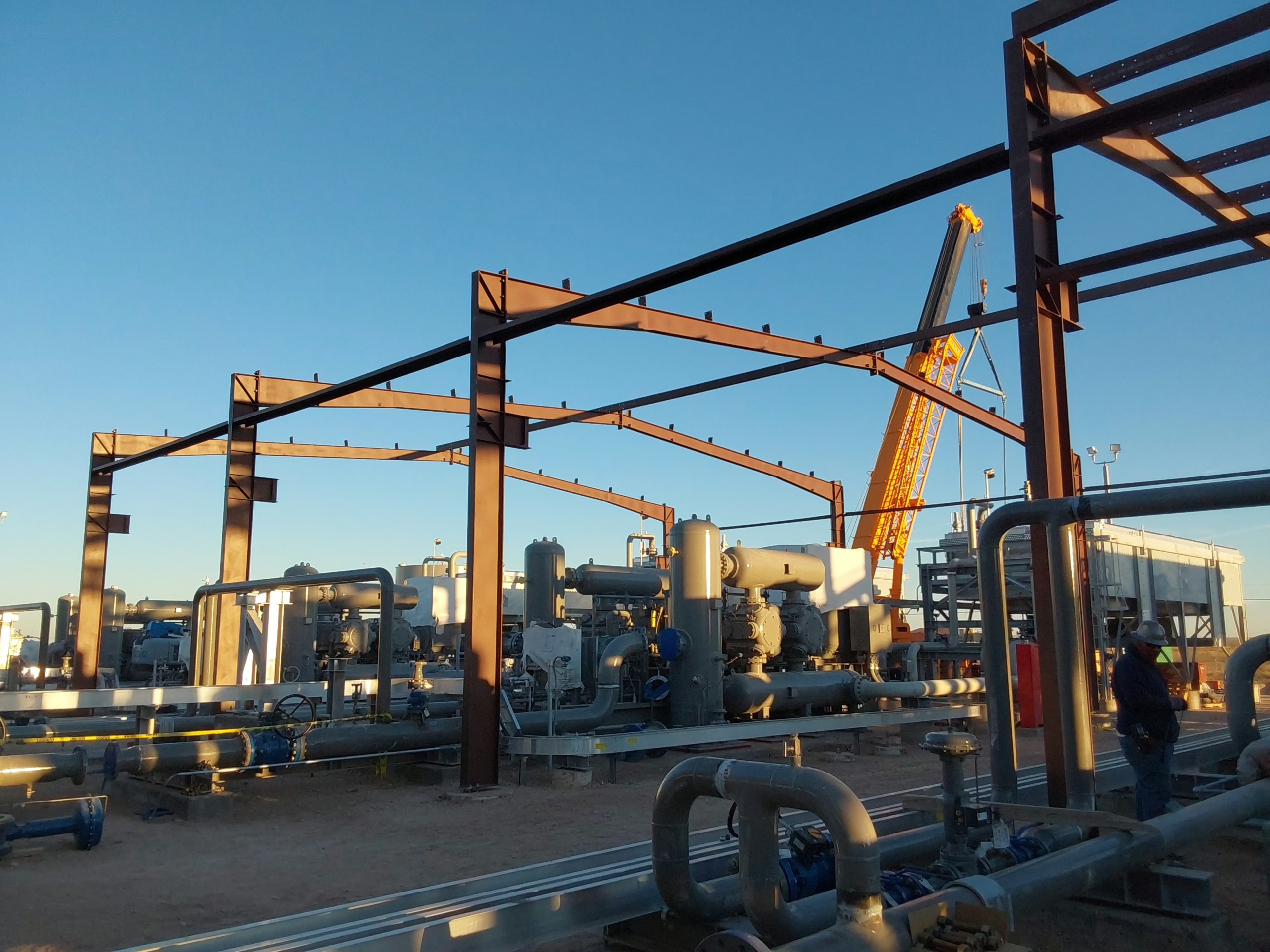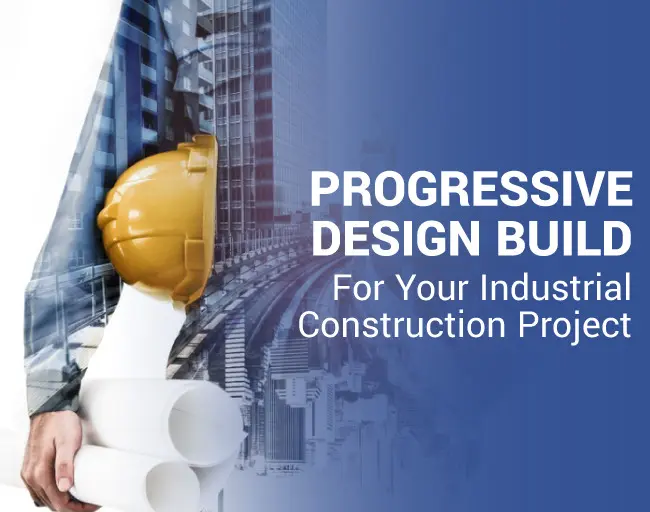
Three Approaches on How to Avoid Increased Cost of Construction
THE PROBLEM:
What is the solution to an ever-increasing cost of construction, difficulty in scoping, and inability to foresee change requests? Two things are clear as trends in construction: costs are rising and the opportunity to capitalize is now, more than ever. Yet, how does one navigate the consistent increase in cost of construction over the past five years–specifically in the industrial operations and maintenance sector? Such trends have had far-reaching effects on project reliability, safety, scope, execution, and overall satisfaction in the industry. Your project is more expensive than before; your program will take more advance planning than you thought; and previously completed projects are actually blocking you from moving forward because of wrong expectations. How is a business owner supposed to turn a profit with such challenges at hand?
THE CAUSE:
The cause of the cost increase is multifaceted. In fact, a single, widespread cause is not easily pinpointed. There are, however, a few problems that have compounded and can be corrected. It is easy to understand why these issues have become prevalent in the scope, but not always as easy to implement the solution. Attempts to remediate these challenges have largely taken three paths: one-size-fits-all design builds, “overdesign”, and “underdesign.” Each of these three solutions has unique challenges to overcome: One-size-fits-all design builds have the golden opportunity of recycling process, identifying costs, bypassing challenges, and doing an end run around contentious squabbles over scope, but–on the flipside–can often create unrealistic expectations in terms of pricing and schedule. Overdesign (scoping too inflexibly) has the benefit of clarity on the outset, but can greatly increase pricing and bog down a project in endless details. “Underdesign” (scoping too little) has the benefit of flexibility but, obviously, creates an abundance of expensive change orders and contention.
CHALLENGE 1 A ONE-SIZE-FITS-ALL APPROACH: Expecting Your One-Size-Fits-All Design to Be the End All for You.
A one-size-fits-all approach has amazing potential, but huge downfalls. Take the typical wind farm O & M, for example. Missteps in bringing a one-size-fits-all solution can turn what is supposedly an easy plug-and-play project into a contentious headache for all parties involved: differences in location and geography, costs of material, and importing requirements from previous projects–all foundational pieces to a proper scope–are the hidden “landmine” costs, primed to explode.
- Differences in location and geography: what works in one locale does not necessarily work in others.
- Cost of material: if you “copy and paste” prices from your previous design build into your current project, you will be setting yourself up with false expectations.
- Importing requirements from a previous project: Even though the same in theory, a one-size-fits-all approach often has requirements that do not apply to the current project.
Combining the three failings of these challenges here as a worst-case scenario, one-size-fits-all approaches commonly yield “ghosts of buildings past” in your current project. These useless parts are expensive to remove because of price-prohibitive change orders (Error 1: importing previous requirements and Error 2: the “overdesign” of inflexible scoping). Do you really need a conference room built for 20 people when you can right size it down to 5? Does that tech room really need to be the same across all projects?
In one real life example, a customer had required a SCADA room having a 24U wall mounted rack standing bare and alone in 144 square feet of empty space!
In other examples, one might not consider the importance of thinking through the entire process (Error 3: the “underdesign” of willy-nilly scoping), thus requiring pricey change orders and delays in the project.
“Constructable has the years of industry experience to not only ‘right size’ your scope and timeline, but to help you navigate through all phases of the project.”
–Jared Hellums, Principal, Constructable
CHALLENGE 2 OVERDESIGN: Restrictive Scope That Can Sink a Project in Endless Trivialities.
Yes, scoping is key to a great project, but the prototypical “control freak” can sink it just as much as not having clear scope. To explain, if you focus too much on the front end on having a picture perfect scope, your cost skyrockets, and your response is “at least we knew what we were getting into.” After all of this you end up with a half-completed project, one that runs out of funding and is worse than no project at all. In the latter, at least you have not spent a fortune with nothing to show for it. Yes, scope is extremely important, but overdoing it will cause paralysis by analysis.
- If your control room is planned by committee, the resultant compromise makes no one happy.
- If your project has to be scoped out in complete detail (answering every little question) before starting, then the project will never get off the ground.
- Change orders will happen, simply put. Can your infrastructure and perfect scope handle it?
CHALLENGE 3 UNDERDESIGN: Loose Scope Nickel and Diming You Out of Business
As a business owner, how often has your team come to you with a “We did not consider this originally, so …”. All you can see at that point is dollars and delays. Creating a flexible yet not overdone scope is key to a successful and on budget project. “Underdesign” is when you have failed to plan accordingly because of not thinking through the entire process.
- Yes, you have the main infrastructure scoped out, but have you considered administrative cost, square footage to maintain your project?
- Have you built in a budget for change orders ?
- Have you negotiated based on a more flexible scope, knowing that resultant change orders will always happen?
- Does your loose scope consider that “back to the drawing board” change could happen?
THE SOLUTION: Flexible and Well Thought Out Design Builds
With all the various errors primed to be made, what is the way to get your dreams to become realities without breaking the bank? It is far better to “mine out” the golden linings of each method while ditching the failings of these various approaches; that means scoping with flexibility (avoiding Overdesign), foresight (avoiding Underdesign), utilizing design builds (avoiding a One-Size-Fits-All-Approach), while leaving room in your contract (and your own thinking) for change. It is possible to hold in tension the greatness of a design build and balance flexibility vs. structure of scope. Here are three, concrete ways to do just that and get what you need out of your project:
- Manage expectations:
- Ask yourself, am I prepared for this project to cost more than I thought?
- Ask yourself: am I prepared for this project to take longer than I thought?
- Ask yourself: What happens if the project goes over budget?
- Ask yourself: What happens if the project goes over schedule?
- Take a deep look:
- Ask yourself: what are the essentials that have to be completed?
- Ask yourself: what can I cut out for speed, simplicity, and clarity’s sake?
- Ask yourself: have I chased down the rabbits to their rabbit holes correctly? (See the action point recommendation below.)
- Engage a professional who has the experience to implement the best of all three of these approaches and prevent increased costs in construction.
- Nothing compares to the experience a licensed professional can bring to the table.
- Vet the contractor: check their credentials, contact their references to see just what this group is really all about.
Avoiding these expensive errors will empower you to avoid the rising costs of the construction industry. At Constructable, we have the know how to come alongside you to do just that. When we say “We bring your ideas into reality,” it means that we will take our years of know-how and professionalism to be certain to present the best experience possible, on time and on budget.
Email us at email@constructable.pro or visit constructable.pro today to get started.
“Constructable specializes in inexpensive design builds while having the flexibility to address a loose scope and the skill to execute an overdesigned one.”
–Jared Hellums, Principal
ACTION POINT: (With each article we will present one action point as a measurable takeaway for any owner or executive sponsor.)
Chase down all the rabbit holes, one at a time.
“Rabbit holes” specifically mean look through the project from each stakeholder’s point of view from front to back without deviating from that perspective. This means you’ll be looking at the whole building multiple times. But if you do not deviate from this course, you’ll be amazed at what you can discover on the journey along the way and you’ll have a much better prepared plan of action.
Don’t be afraid to go down those rabbit holes you run into for each perspective. This allows you to know what you are getting into and, at the same time, come up with a flexible scope (because you know what is essential and what can go by the wayside).





